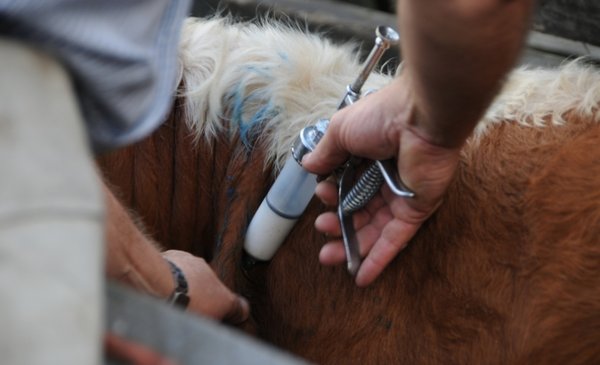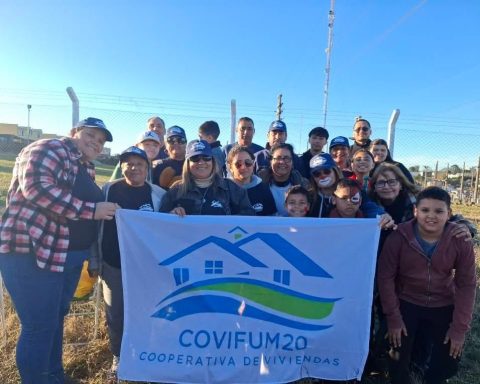The Ministry of Livestock, Agriculture and Fisheries (MGAP), through the DGeneral Directorate of Livestock Services (DGSG), resolved that the next vaccination period against foot-and-mouth disease will be from June 1 to 30 of this year and will only cover the category of calves born in 2021 and 2022.
The decision was adopted after the National Honorary Commission for Animal Health (Conahsa) together with the unions of producers and technicians analyzed the request received this year from the Rural Association of Uruguay (ARU).
The change towards the vaccination of cattle under one year old instead of vaccinating those under two years old, as was done until now, does not imply any risk or affectation of the immunity acquired by the Uruguayan cattle herd.
The herd of cattle under one year old represents 2.8 million calves.
Those animals that this time will not receive the vaccine, some 2.5 million heads, received three doses and will be inoculated again in March 2023 when all categories are vaccinatedfor which their immunity is not affected, nor does it represent any inconvenience, it was reported from the MGAP.
Considering an average cost per vaccine of US$0.72, the estimated savings are US$1.8 million, as confirmed to El Observador by ministry sources.
The resolution published by the official services (see the full document at this link) establishes the permanence of this modification for successive periods, until further notice.
The context
- The last investment for the purchase of vaccines was within the framework of an international tender that allowed the purchase of 14 million doses for US$12.6 million (US$10.6 million in contributions from producers and US$2 million in general income). ).
- This allowed mandatory vaccination for the entire herd from March 15 to April 15, 2022.
- The doses were purchased from seven laboratories in four countries, from Brazil (Valée, Ceva and Ourofino), Paraguay (Lauda), Colombia (Limor and Vecol) and Argentina (Biogenesis).
- This is a key undertaking to sustain the status of a country free of the disease, which allows access to high-value meat markets.
- Through this advantage, normal activity is sustained throughout the meat agro-industrial chain, generating thousands of jobs and foreign exchange earnings for the country, which during 2021 reached a record, some US$2.5 billion.
- Meat exports are the category that leads among the goods exported from the country, above cellulose, soybeans and dairy products.


















